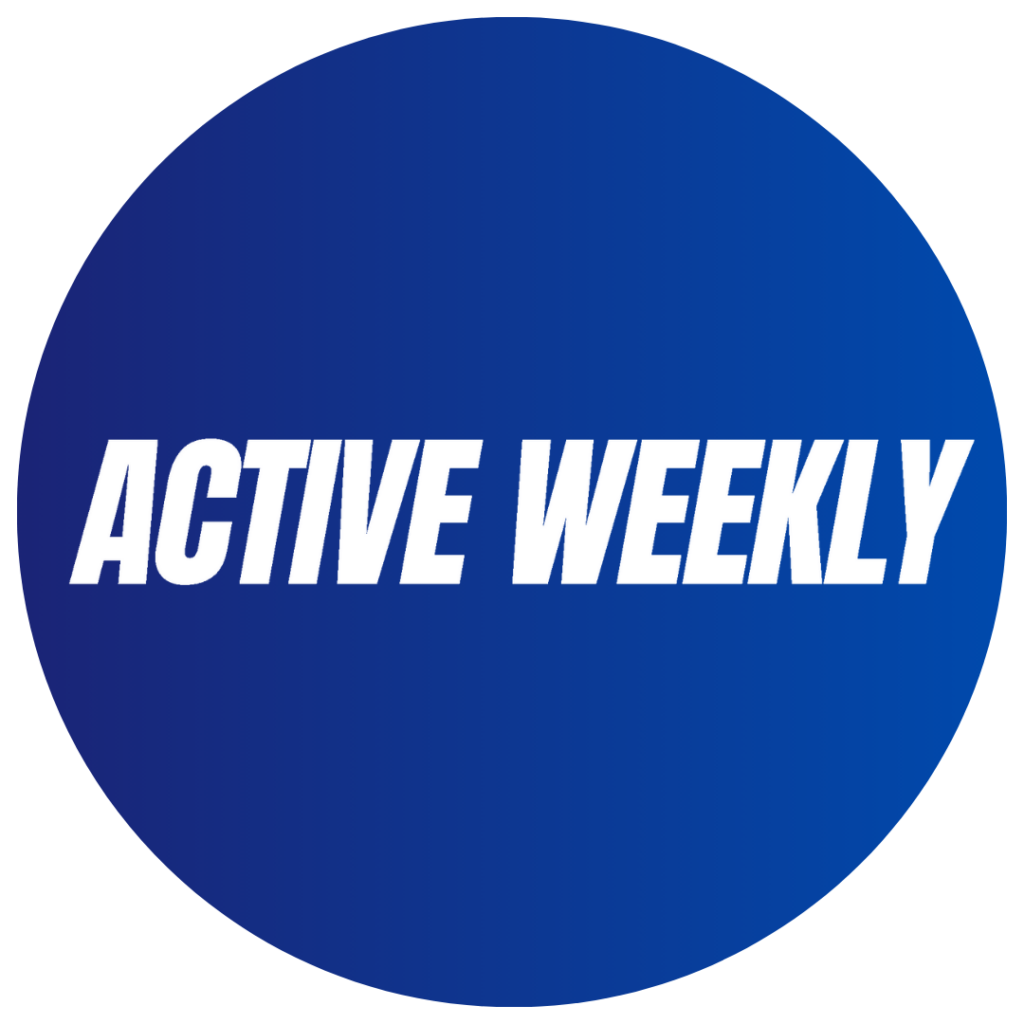Offseason Training: How to Stay Active and Maintain Performance
The offseason is a crucial period for athletes, offering time for recovery, improvement, and preparation for the next season. However, staying active during this time is essential to maintain fitness, strength, and agility while preventing setbacks. Without a structured approach, athletes risk losing their conditioning and competitive edge.
How can athletes stay active and keep their bodies in peak condition during the offseason? The key lies in balanced training, recovery, and mental preparation to ensure readiness for the next phase of competition.
Read Also: Tennis Strategy: Mastering Singles and Doubles Tactics
Why Is Staying Active During the Offseason Important?
A well-structured offseason routine helps athletes sustain endurance, strength, and flexibility without the intense demands of competition. More importantly, it minimizes the risk of injuries when returning to full-speed training.
Instead of taking a complete break, incorporating moderate physical activity ensures that the body remains conditioned and prepared. This period is also an opportunity to focus on areas of improvement, whether it be building muscle, refining techniques, or enhancing mobility and flexibility.
What Types of Training Are Effective During the Offseason?
A well-rounded offseason plan combines various types of exercise to maintain athletic performance while reducing strain on overused muscles. The goal is to remain active while allowing the body to recover from the intense demands of the regular season.
- Strength Training: Maintaining muscle mass and functional strength is essential. Exercises such as squats, deadlifts, and resistance band workouts help keep muscles engaged without excessive fatigue.
- Cardiovascular Workouts: Running, cycling, or swimming helps sustain endurance and lung capacity without the high impact of competitive play. Interval training can also be an effective way to build stamina.
- Flexibility and Mobility Drills: Dynamic stretching, yoga, and foam rolling improve joint mobility and prevent stiffness, reducing the risk of injuries when returning to full training.
- Cross-Training Activities: Engaging in alternative sports like swimming, hiking, or martial arts offers a fresh way to stay active while working different muscle groups.
By integrating low-impact activities alongside targeted strength and conditioning, athletes can preserve fitness while allowing their bodies to rest and regenerate.
How Can Athletes Avoid Burnout During the Offseason?
One of the biggest challenges during the offseason is balancing training and recovery. Many athletes either overtrain, leading to burnout, or become too inactive, losing progress.
- Prioritize Active Recovery: Instead of intense training, focus on light activities such as stretching, yoga, or bodyweight exercises to maintain flexibility and mobility.
- Listen to the Body: Recognizing signs of fatigue or discomfort is crucial. If aches and pains persist, it may be time to adjust workouts or incorporate additional rest.
- Maintain a Balanced Routine: Scheduling workout days with adequate recovery time helps prevent mental and physical exhaustion.
- Focus on Mental Well-being: The offseason is also a chance to recharge mentally. Incorporating meditation, visualization, or mindfulness techniques helps athletes stay mentally sharp and motivated.
By managing workload and listening to the body, athletes can return to their sport refreshed and prepared for peak performance.
What Role Does Nutrition Play in Offseason Fitness?
Physical activity alone is not enough to maintain peak performance during the offseason—proper nutrition is just as important. Since athletes are not training at maximum intensity, dietary adjustments are necessary to support recovery and muscle maintenance.
- Maintain a Balanced Diet: Incorporating lean proteins, complex carbohydrates, and healthy fats ensures that the body has the right fuel to sustain muscle mass and energy levels.
- Hydration Matters: Staying hydrated helps with muscle recovery, joint health, and overall performance. Even during lower activity periods, maintaining fluid intake is essential.
- Monitor Caloric Intake: Since training intensity is lower, adjusting caloric consumption prevents unnecessary weight gain while ensuring proper nutrient intake.
- Prioritize Recovery Foods: Including anti-inflammatory foods like berries, leafy greens, and omega-3-rich fish supports muscle recovery and reduces soreness.
A well-balanced offseason diet ensures that the body remains energized, recovers efficiently, and maintains essential nutrients for peak performance.
How Can Athletes Stay Motivated During the Offseason?
Without the high-energy atmosphere of competition, staying motivated can be challenging. The offseason provides the perfect opportunity to reset goals, experiment with new training techniques, and find ways to stay engaged.
- Set Small, Achievable Goals: Whether it’s improving endurance, gaining strength, or mastering a new skill, setting realistic milestones keeps athletes focused.
- Train with a Partner: Having a training partner adds accountability and makes workouts more enjoyable.
- Try New Activities: Engaging in different sports or fitness programs prevents monotony and keeps motivation high.
- Track Progress: Using fitness tracking apps or journaling workouts helps measure improvements and maintain consistency.
Maintaining motivation during the offseason ensures that athletes return to their sport stronger, sharper, and more prepared for the upcoming season.
Why Is a Smart Offseason Strategy Essential for Long-Term Success?
The offseason is more than just a break from competition—it’s an opportunity to build strength, refine skills, and mentally reset. By incorporating structured training, balanced nutrition, and proper recovery, athletes can maintain peak performance while avoiding burnout.
A well-planned offseason approach helps athletes return stronger, injury-free, and mentally prepared for the next season. Investing in consistent, low-impact activity ensures long-term success and a smoother transition back to competition.
Read Also: How to Cultivate a Reading Habit and Find Great Books
Would staying active during the offseason give an athlete an advantage? The answer is clear—the athletes who remain committed during the break return stronger, healthier, and more prepared to excel when it matters most.
Published by Drake M.





